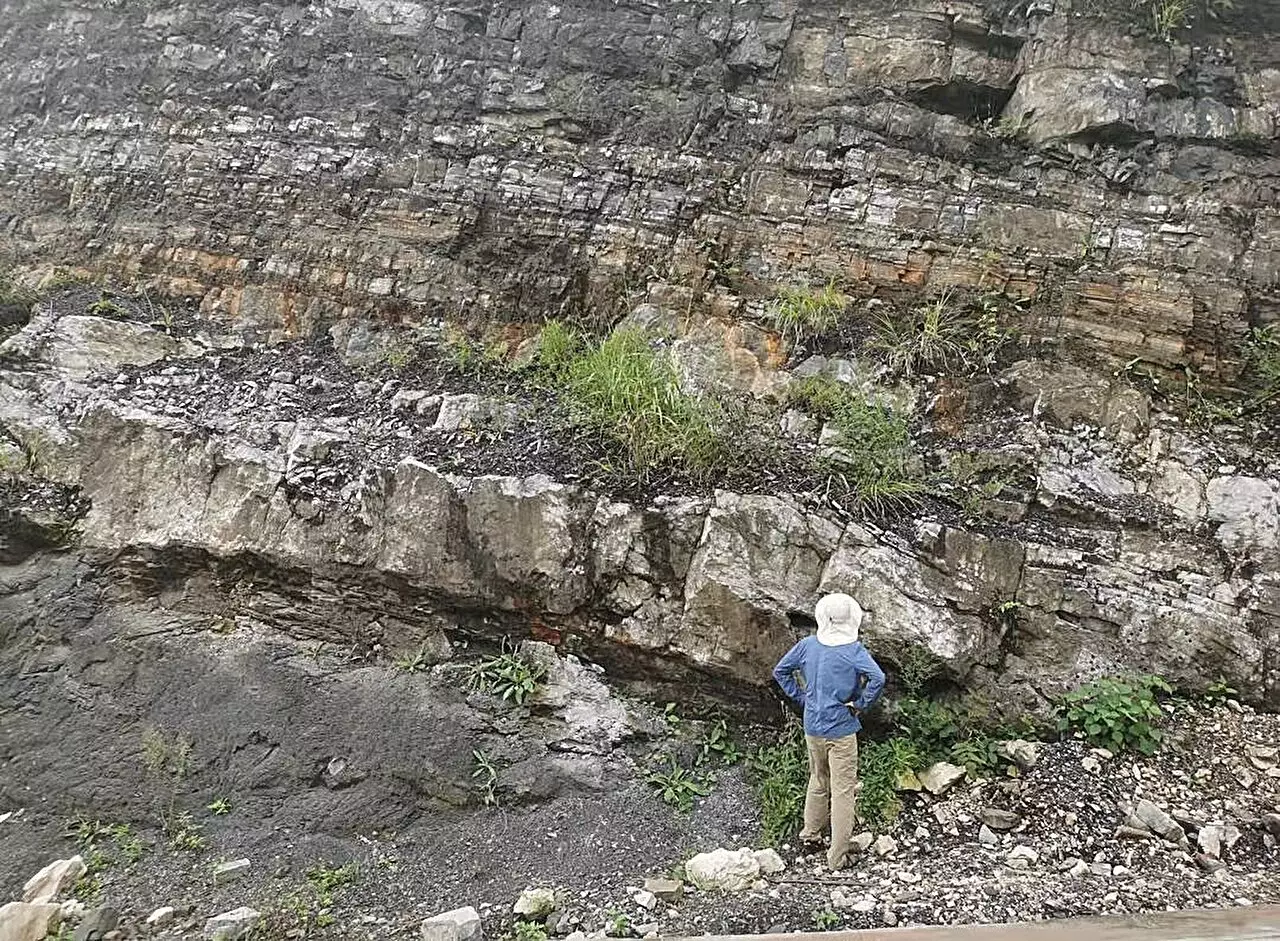Throughout Earth’s extensive geological history, there have been several instances where the planet experienced extreme climatic conditions, notably during “Snowball Earth” events. These events, which transpired hundreds of millions of years ago, left the Earth shrouded in ice that reached up to 1 kilometer thick—an astonishing transformation that poses significant questions about our planet’s climatic evolution. Unlike a monotonous cycle, these ice ages occurred sporadically, appearing only a handful of times, and they spanned millions of years, leading to profound climatic shifts that followed. However, the intricate mechanics that dictated the transitions out of these icy phases remain elusive, prompting scientists to delve deeper into these extraordinary geological phenomena.
Recent research conducted by scientists at the University of Washington has shed light on the climatic transitions marking the end of the last Snowball Earth event—a topic that could reshape our understanding of early life on Earth. The researchers focused on ancient geological formations known as “cap carbonates,” which are believed to have formed during the thawing of glacial ice. These rocks not only record vital information about Earth’s ocean and atmospheric conditions around 640 million years ago, but they also provide the necessary context to understand the dynamics leading to the emergence of complex life forms, including the first animals.
Cap carbonates, characterized by their distinct composition, are found in various locations across the globe, including regions like Death Valley and Namibia. Formed as the planet gradually warmed and the colossal ice sheets receded, these sedimentary deposits hold valuable clues regarding historical atmospheric and oceanic chemistry, notably indicating variations in carbon dioxide levels and ocean acidity during critical phases of Earth’s climate history.
Trent Thomas, a doctoral student involved in the study, articulated the significance of cap carbonates: “They encapsulate crucial data regarding Earth’s atmospheric and oceanic characteristics.” By examining the encapsulated data within these rocks, the research team delved into how atmospheric conditions altered during and post-Snowball Earth, revealing a more nuanced narrative of environmental recovery and its connection to biological evolution.
For over two billion years prior to these dramatic climatic shifts, life on Earth predominantly consisted of simple forms, such as microbes and algae. This lengthy period of biological stagnation is often referred to as the “boring billion,” marked by the absence of major evolutionary developments. However, following the last Snowball Earth, a remarkable transition occurred, leading to the appearance of more complex organisms in the fossil record. The new research posits that there is a link between the thawing of the planet and the subsequent proliferation of life, weaving together the story of climate and biology.
The research team’s findings revealed that during the peak conditions of Snowball Earth, vast ice sheets reflected sunlight, resulting in a predominantly cold and inhospitable environment. However, isolated pockets of open water facilitated limited atmospheric exchanges. As time progressed, carbon dioxide accumulation in the atmosphere reached a critical threshold, consequently trapping heat and initiating a cascade of warming events that gradually melted the surrounding ice.
This melting had profound implications for Earth’s ecosystems. It allowed for the precipitation of rain and the infusion of freshwater into the oceans. The stratification of the ocean layers—where lighter freshwater floated atop denser saltwater—impeded ocean circulation for a time, leading to a relative stagnation in marine environments. Eventually, as warming continued, ocean mixing resumed, revitalizing the interaction between the atmosphere and the ocean and setting the stage for the subsequent biological upheaval.
The implications of this research reach far beyond understanding the climatic patterns of a bygone era. By mapping out the environmental changes that accompanied the transition from Snowball Earth, scientists can make more informed predictions on how these alterations affected the trajectory of life on our planet. Future inquiries may focus on identifying specific survivor species that clung to life amidst the extremes of the Snowball scenario, investigating how these organisms adapted to harsh conditions and eventually evolved into the complex life forms populating modern ecosystems.
As we continue to unravel the complexities of Earth’s climatic history, investigations into events such as Snowball Earth provide invaluable insights into the resilience and adaptability of life. The past continues to echo through time, shaping both our understanding of Earth’s environmental shifts and the evolutionary threads that bind all living things. Understanding these historical processes is crucial as we face today’s climatic challenges, offering lessons on adaptability, survival, and the intricate interconnectedness of life and environment.



Leave a Reply